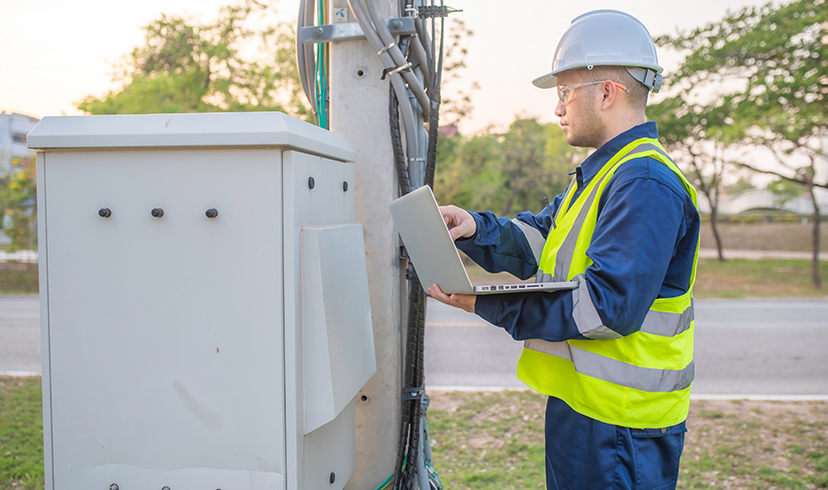
- July 15, 2025
- By admin
- Uncategorized
In the world of electrical engineering, transformers play a pivotal role in ensuring the smoothly functioning of power systems. They are crucial elements that enable the conversion of voltage levels, enabling effective long-distance electrical transmission. Transformers, however, are susceptible to wear and tear like any other piece of equipment, which may result in malfunctions or inefficient functioning. This is where site acceptance testing (SAT) becomes critical, particularly in identifying transformer repairs.
Site acceptance testing is a crucial process conducted to validate that the transformers have been installed correctly and are operating in accordance with the specified requirements. This testing typically occurs after installation but before the transformer is put into regular service. It serves as a vital checkpoint that not only assesses the functionality of the equipment but also identifies any immediate repair needs that may be present, which is essential for maintaining a reliable power supply.
One of the primary objectives of site acceptance testing is to ensure the safety and reliability of transformers. By simulating operational conditions and testing the equipment against established performance criteria, potential issues can be identified before they escalate into more significant problems. This proactive approach allows for timely intervention, which can save organizations considerable time and financial resources in the long run.
During SAT, several critical assessments take place. These may include electrical testing, thermal imaging, and insulation resistance testing, among others. Electrical testing involves measuring voltage, current, and frequency to ensure the transformer’s electrical characteristics meet industry standards. Thermal imaging, on the other hand, can detect hotspots in the transformer, which may indicate underlying issues that require attention. Insulation resistance testing assesses the condition of the insulation materials used in the transformer, providing insight into potential degradation that could lead to failures if not addressed.
Identifying repair needs through site acceptance testing not only helps in maintaining the reliability of the transformer but also enhances its lifespan. Early detection of faults or weaknesses allows for timely repairs, ultimately resulting in reduced maintenance costs and extended operational life. For example, if insulation weaknesses are identified during testing, repairs can be made before they lead to more extensive damage or unit failure.
Moreover, site acceptance testing provides a documented history of the transformer’s condition and performance. This documentation can be invaluable for both current owners and future stakeholders, as it offers insights into the transformer’s operational history and any previous repairs conducted. Having a thorough understanding of a transformer’s performance can aid in making informed decisions regarding its maintenance, repair, or eventual replacement.
In a competitive energy sector where efficiency and reliability are paramount, companies like PESVS understand the significance of thoroughly conducting site acceptance testing as a part of their transformer management strategy. Implementing rigorous SAT protocols can greatly enhance the operational integrity of transformers and minimize the risks associated with unexpected failures.
In conclusion, site acceptance testing plays a vital role in identifying transformer repair needs. By leveraging this process, organizations can ensure the reliability and efficiency of their power systems while simultaneously extending the life of their transformer assets. As the energy landscape continues to evolve, the insights gained from SAT will remain essential in navigating the challenges of transformer management and operation.

